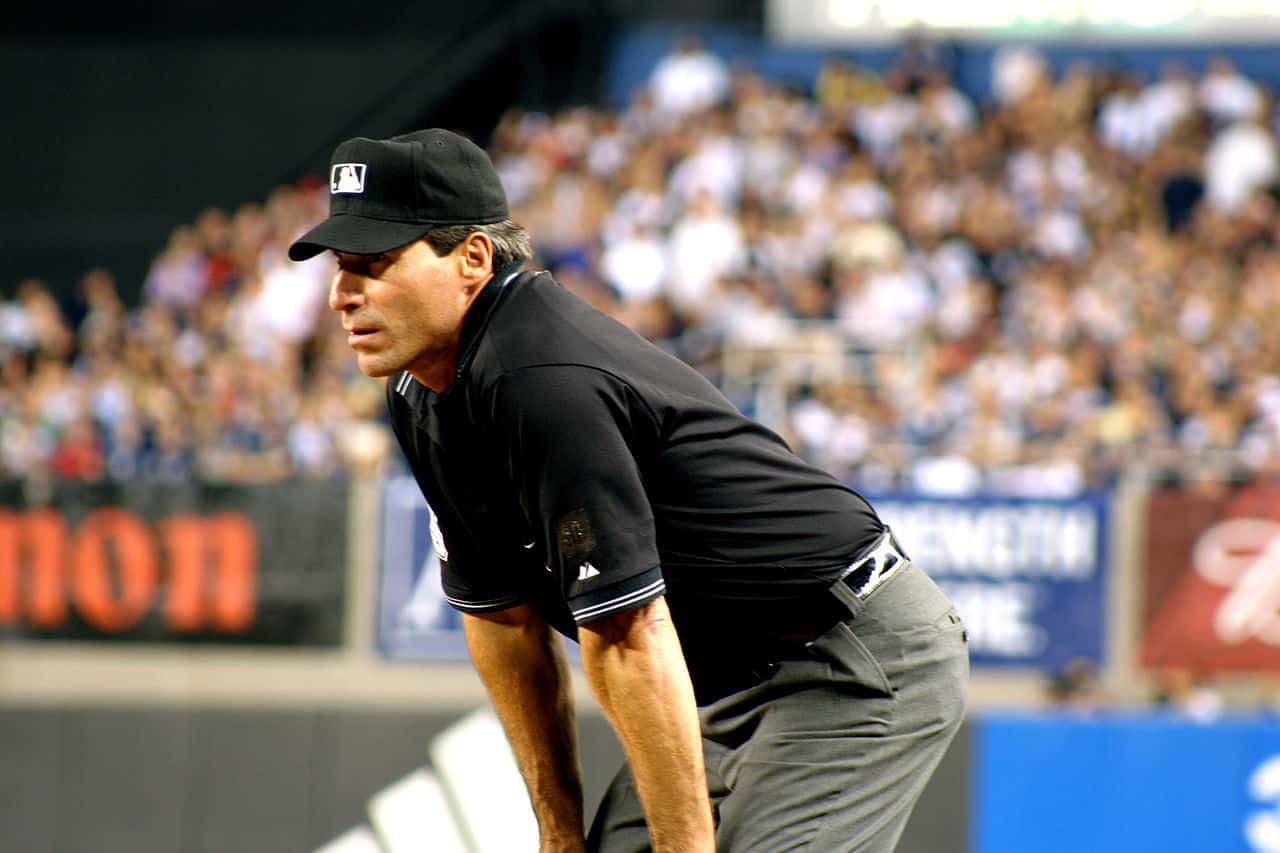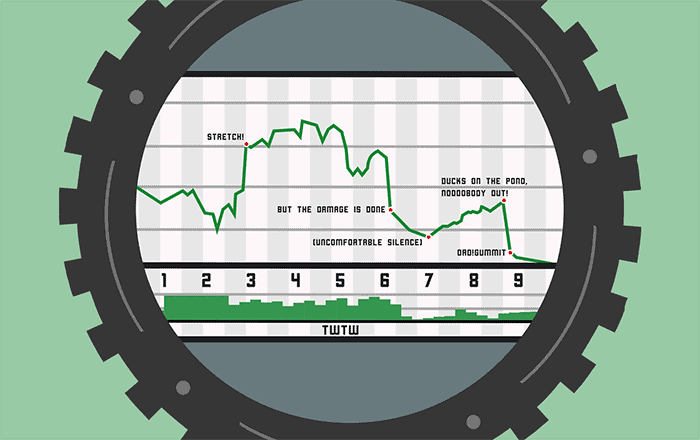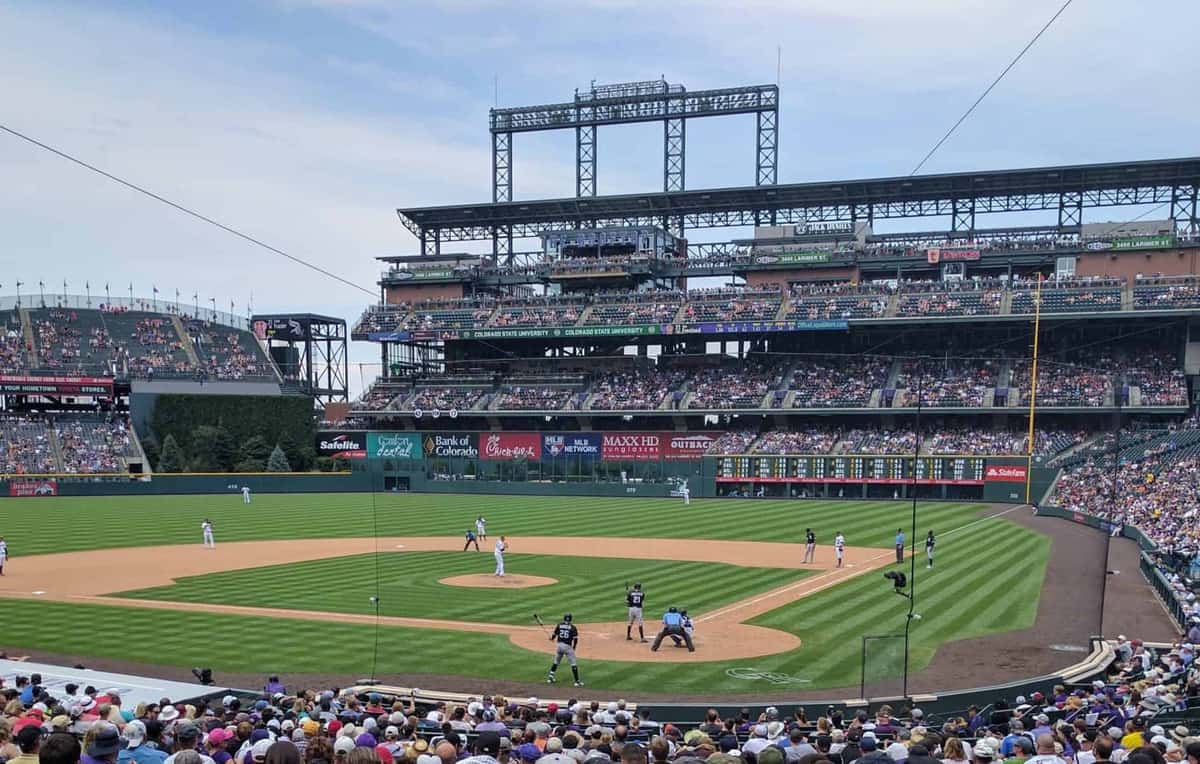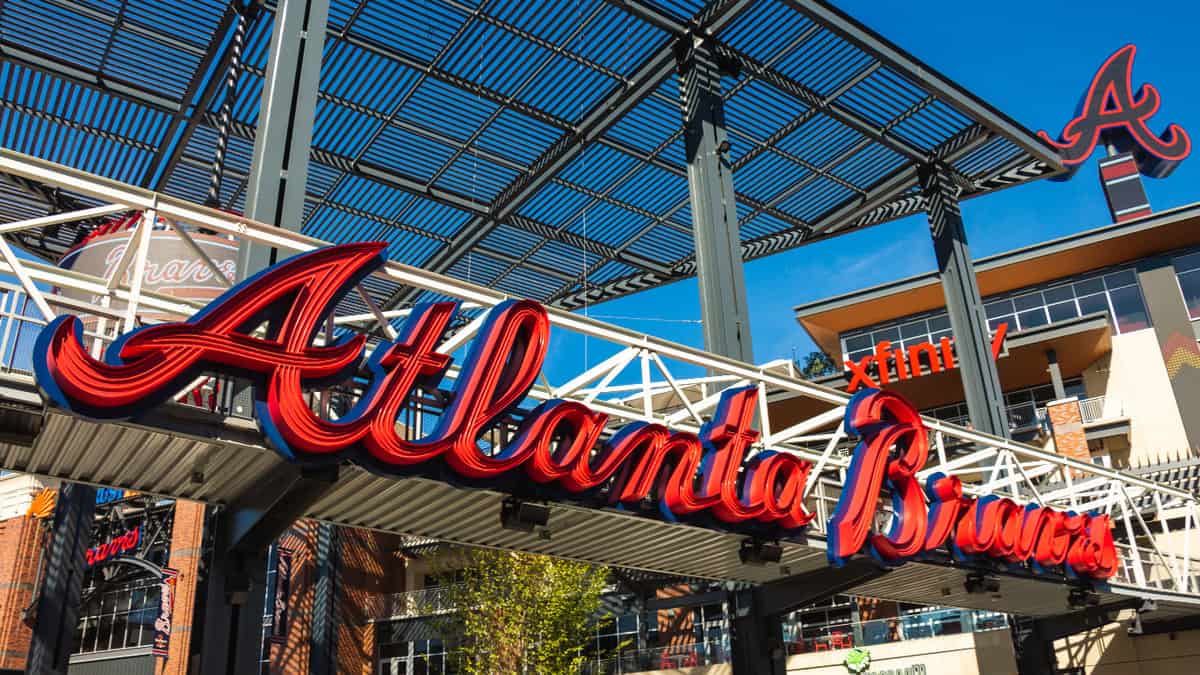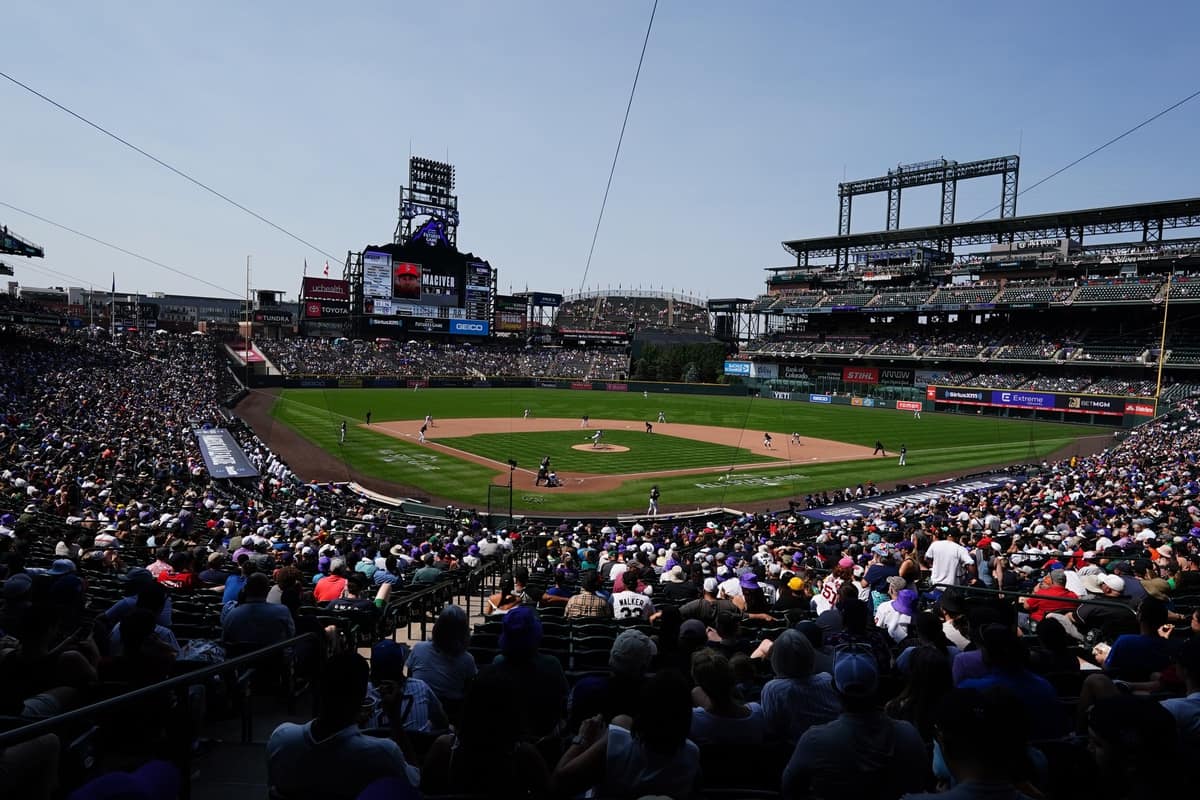It was only last week that the White Sox could hold their heads high, because they didn't let the awful strike zones from Angel Hernandez's umpire crew get into their heads. The Twins were the ones who lashed out, drawing three ejections over the course of two games, including an unnecessary series-shifting one from Josh Donaldson. The Sox won the hands-on-a-hardbody contest, and so they won the series.
Alas, two games into this series with Cleveland, the White Sox are the ones drawing three ejections over two games. Rick Renteria's been booted both Monday and Tuesday night, and Tim Anderson was ejected from the dugout in the latter, which might've changed the complexion of how the White Sox handled their pitchers in the bottom of the 10th, since the Sox to lost the DH. Or maybe Colomé's back indeed locked up on him during the break between innings. The latter is more worrisome going forward, but either is undesirable.
The strike zones have indeed been awful in all four games. In Hernandez's previous game, I was struck by how complimentary Jason Benetti and Steve Stone were of his strike zone, and how that encouragement turned to sorrow in the late innings as Hernandez's strike zone deteriorated. Hernandez turned pitches outside the zone into strikes 14 times according to Statcast, and 10 of them came in the sixth inning and later. On Twitter, I likened them to Olympic analysts who lose words while watching a figure skater who can't stop falling ("Oh no. No, no, no. And it was going so well for him. A chance to recover with this triple salchow -- oh no.").

Bellino's strike zone wasn't much better three days later, but his wide strikes were distributed more evenly overly the course of the nine innings. Specific to the White Sox, his misses came out in favor of the home team. He called seven pitches outside the zone strikes for White Sox pitchers, whereas Twins pitchers received only four or five. Also, Donaldson got the boot. That was huge.
It's been the same story with the same two umpires this week, although with the White Sox on the worse end. On Monday, Bellino drew up another doublewide zone, making strikes of a baker's dozen pitches off the plate. The strikes were available for both teams, but the Indians had more luck inside against the White Sox's righties than Sox pitchers had against Cleveland's lefty-heavy lineup.
Hernandez took it to another level on Tuesday, and this time he didn't even bother raising the hopes of Benetti and Stone. Statcast shows that Hernandez handed a dozen extra strikes to the Indians alone, with the White Sox getting six, maybe seven of the same.
Renteria and Anderson got tossed on this first-pitch "strike" to Luis Robert to open the 10th.
But Matt Foster experienced his own issues with the zone's accordion-like nature in the top of the 10th. He got a strike called further off the plate to Delino DeShields Jr. (who struck out) than Cesar Hernandez (who walked). The former was a righty and the latter a lefty, which does seem to make a difference in how umpires perceive corners, but they shouldn't be this elastic.
It's important to note that none of these calls ultimately decided the game, which would've been over if Robert makes the same catch at the wall on Francisco Lindor's two-out double that DeShields made on Anderson the night before. That's no excuse for the piss-poor zones of Hernandez and Bellino, but they're possible to overcome, and the Sox need to keep their eyes on the prize. If Donaldson's scorched-earth campaign against Bellino during and well after his moment hasn't made this crew tighten up its approach, it's not going to happen with more standard critiques from the dugout. Even after the game, Renteria's description of Hernandez's issues erred on the side of diplomacy.
"He just turned around, he heard Timmy talking," manager Rick Renteria explained after the game. "He was already into the game and continued to, I guess, keep his ears open to whatever was going on in the dugout, as opposed to just staying on to the field.
"He ejected him. ... I had to go out there and talk to him a little bit." [...]
"I think you kind of saw the outcome of the frustration," Renteria said. "We were disappointed with some of the calls that we thought were occurring. And that's it."
Downplaying it is probably the better way to go, because neither Renteria nor his team benefit from getting more wound up. Renteria almost lost both his catchers on Monday -- he got thrown out so James McCann stayed in the game after Yasmani Grandal exited with a bruised hand -- and Anderson's ouster forced Renteria to empty his bench and lose the DH.
The previous week shows the benefits of remaining above the fray, and it's worth keeping in mind over the final five games. Stone noted that this crew will be following the White Sox back to Chicago for the final series against the Cubs, so they're going to have to learn how live under the supervision of these lenses, however fish-eyed they may be.
(Photo by tunnelarmr / Wikimedia Commons
